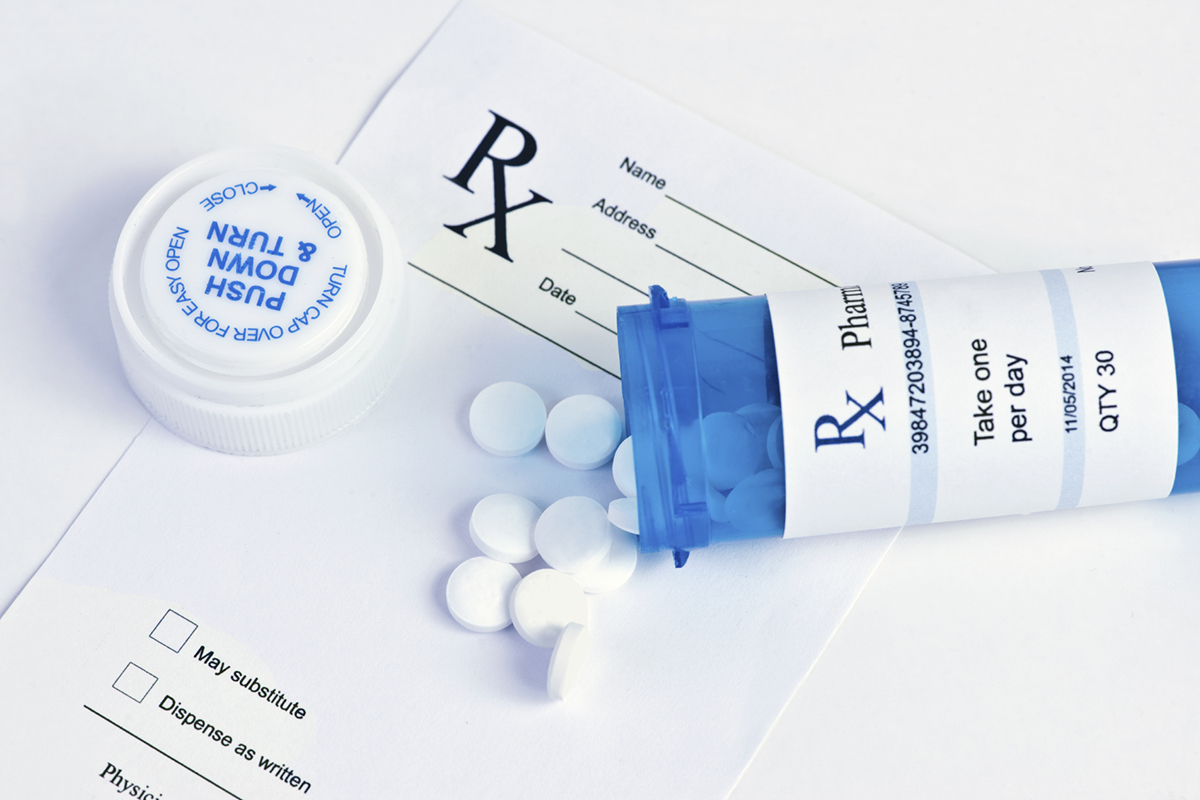OxyContin Is a Flawed Drug, So Why Is It Prescribed So Often?

Photo via iStock.com/dina2001
Last week, the Los Angeles Times published a thorough investigation into Purdue Pharma, the company behind the highly popular opioid painkiller OxyContin. The article paints an equal parts vivid and bleak picture of addiction, of the world of big pharma, and of the overinflated claims that made OxyContin the de facto drug for pain.
The story is deeply unsettling. However, what it says about OxyContin—that it typically wears off in eight hours, not the promised 12; that wearing off early can send users into mini-withdrawals; that many people are on far higher-than-recommended doses—is, by and large, old news to doctors.
“It’s not a new finding at all,” says Edgar Ross, director of the Pain Management Center at Brigham and Women’s Hospital (BWH). “It’s been long known that Purdue’s 12 hours doesn’t work. It’s eight hours at least half the time.”
“Everybody uses it as a three-times-a-day drug,” agrees Andrew Kowal, director of the Division of Pain Medicine at Lahey Hospital & Medical Center. “The bigger picture is that the crap doesn’t really help people chronically. We have to not worry about prescribing it eight or 12 hours—we should not use it all.”
If that’s the case, then why is OxyContin still prescribed? According to the Times, it happened a whopping 5.4 million times in 2014—even by doctors such as Kowal and Ross who know its limitations. That’s a more complicated question than it sounds.
In some ways, Ross says, OxyContin’s popularity is self-perpetuating. Doctors prescribe it because they’ve always prescribed it—Oxy’s a known commodity. “It’s just been used because it was the go-to drug for such a long time,” Ross says. “In general, doctors, once they have a go-to drug that they have substantial experience with, they will stick to it.”
But it’s also more than that. As the Times investigation shows, Purdue is a massively powerful business that muscled its way into being seen as the gold standard. “I remember when I was a fellow, [drug reps] would push this stuff unbelievably,” Kowal says. “They were essentially making people feel that it was safe, regardless of the dosing.”
“Purdue has been an extremely aggressive marketer, to insurance companies as well,” Ross adds. “So despite the reputation, it has remained for years as the preferred drug on many of these insurance companies’ formularies.”
When insurance companies favor opioids like OxyContin, as they do, it becomes extremely difficult for the medical community to develop and use better pharmaceuticals. Kowal and Ross both say there are better alternatives out there—more sophisticated drugs, drugs that actually last 12 hours, drugs with minimal street value. The system just makes it difficult to develop and prescribe those medications.
“Opioids are cheap,” Kowal says. “It’s tough when insurance companies don’t want you to use the better medications. The better drugs are very expensive.”
There’s also a dearth of information about exactly what opioids do when they’re used for chronic pain, explains Gary Brenner, director of Massachusetts General Hospital’s Pain Medicine Fellowship. “There is virtually zero long-term, high-quality outcome data to guide our practice with long-term opioid use,” he says. “There’s nothing.”
Left in that medical climate, doctors are forced to make tough decisions, to weigh the hazy benefits of opioids against the all-too-real risks. There are national-, state-, and hospital-level prescription guidelines in place, but, even still, doctors are largely left to make exceedingly challenging judgment calls independently.
“[Guidelines are] often not that useful at point of care, which is the physician and the patient sitting down and trying to figure out what’s in the best interest of the patient,” Brenner says. “It’s a very, very difficult judgment that physicians who are doing their best to help their patients truly struggle with.”
Unfortunately, physicians will likely have to keep making those difficult judgments for the foreseeable future. But Kowal says things are gradually beginning to shift. As the opioid crisis gets more attention, as patients and the general public learn what doctors have known for years, and as science progresses, he says he’s optimistic that things will begin to change.
“I try to help patients lower their dose or get off opioids completely,” he says. “Patients now want to get off the medications because they read about all of this. In general, there’s a trend to go away from it, and slowly but surely, that will probably happen.”


